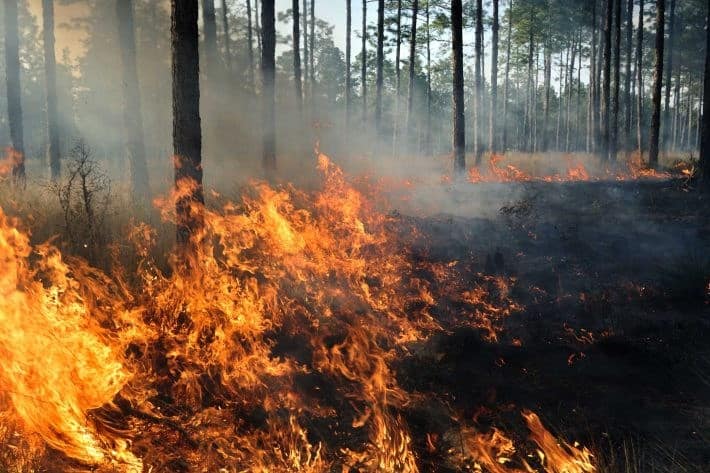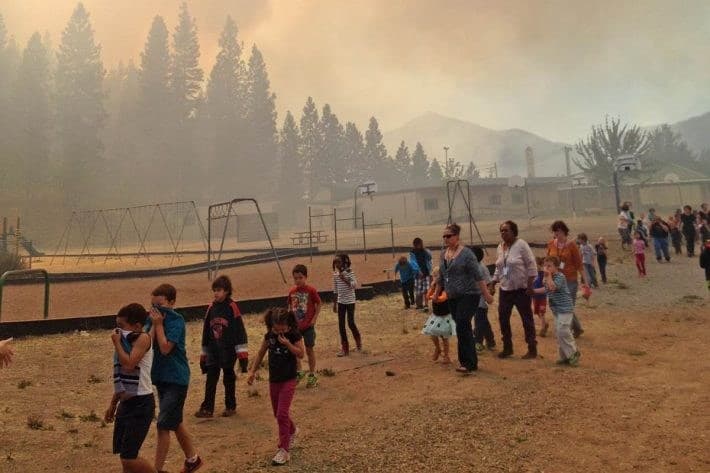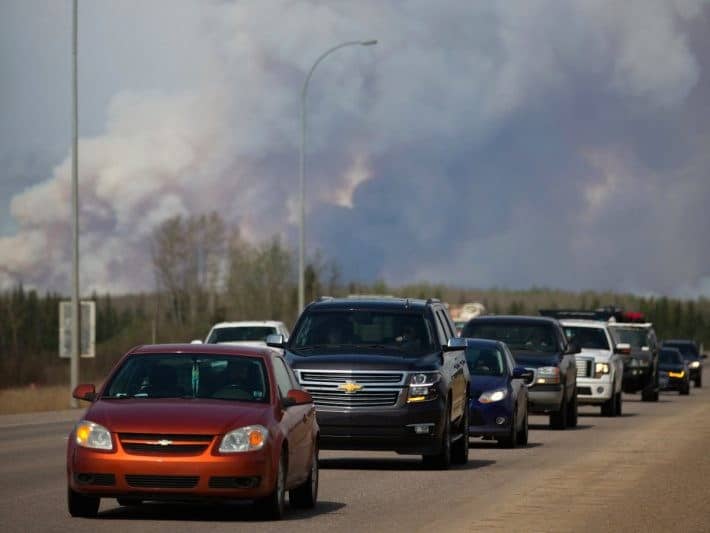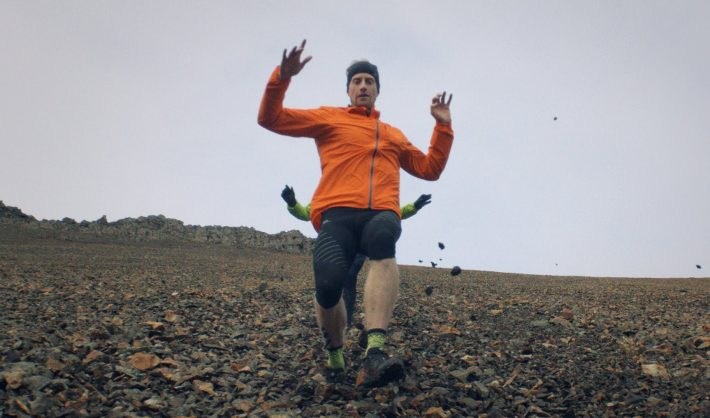Reports show that there have been 65,575 cases of wildfire in the United States in 2016. This statistic, according to the National Interagency Fire center, means that over 5 million acres of land in the country were left charred by this occurrence.

Wildfires can happen naturally or through man-made practices. These are the most common causes of wildfire:
- Lightning
- Sparks from rockfalls
- Spontaneous combustion
- Volcanic eruption
- Unattended campfires
- Intentional acts of arson
But however a wildfire was caused, it is always a serious threat to humans and the environment. With its frequent occurrence, it is important to know safety tips to ensure safety and survival just in case that you are in the situation itself. Here are the survival tips to always keep in mind when in a wildfire:
Stay calm

Panicking during emergency situations, like a wildfire, only impedes your ability to think straight and tackle the situation. Keep calm by taking deep breaths, if the air is not heavy with smoke. Immediately reach for your survival kit (if you have any) and move towards your vehicle or your safety route.
Survival experts also that one’s confidence to overcome an emergency is an important characteristic to retain in such situations. Mental strength is a crucial factor in making it through difficult situations, which also applies to wildfires.
Cover airways with a wet cloth
When the area has already been engulfed in dark, heavy smoke, the most important thing to do is to wet any fabric or piece of clothing to cover your nose and mouth. This ensures the prevention of inhaling carbon monoxide, increasing your chances of surviving the ordeal. Carbon monoxide can cause nausea and even death. So prevent inhaling it by staying low to the ground and by impeding it from entering your respiratory tract with a damp cloth.
Make several escape plans
If you still have the time and opportunity to do so, create escape plans to quickly leave the area in the safest manner possible. This is just in case your first plan of action doesn’t pan out, or when certain factors turn the situation into worse, you have a Plan B in mind.
Evacuate the area

It is not wise to stay within the vicinity of the risk area and wait around how the situation is unfolding. Wildfires are very unpredictable and powerful, that even those highly trained to manage them are overwhelmed by this disaster.
Stay updated with the news
If the situation still allows for it, constantly check on news updates regarding the condition and intensity of the wildfire. If reports are saying that you need to leave the area as soon as possible, then heed the news and depart. Emergency updates are also a good source to know where the nearest evacuation areas are, so you can immediately go towards the route that leads to it.
Go downhill

Avoid high-burn areas and instead head towards terrains that are non-flammable. When the fire is actively sweeping through the whole forest, trees, bushes and tall grasses, areas with foliage are particularly risky to stay in. When in an uphill area, immediately go towards routes going downhill. Due to updrafts, fire moves faster uphill, and it is difficult to escape (and be rescued) when you are trapped uphill with surrounding fire.
Do not seek refuge in canyons
While going on an escape route downhill, do not follow and stay in canyons, chutes and and draws. These areas are like chimneys and funnel noxious gas and deadly heat upwards, which, when standing upright, are easily inhaled.

